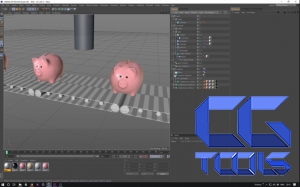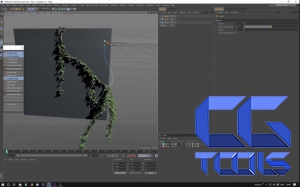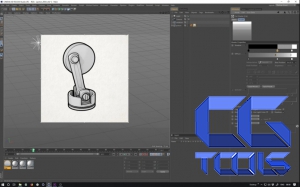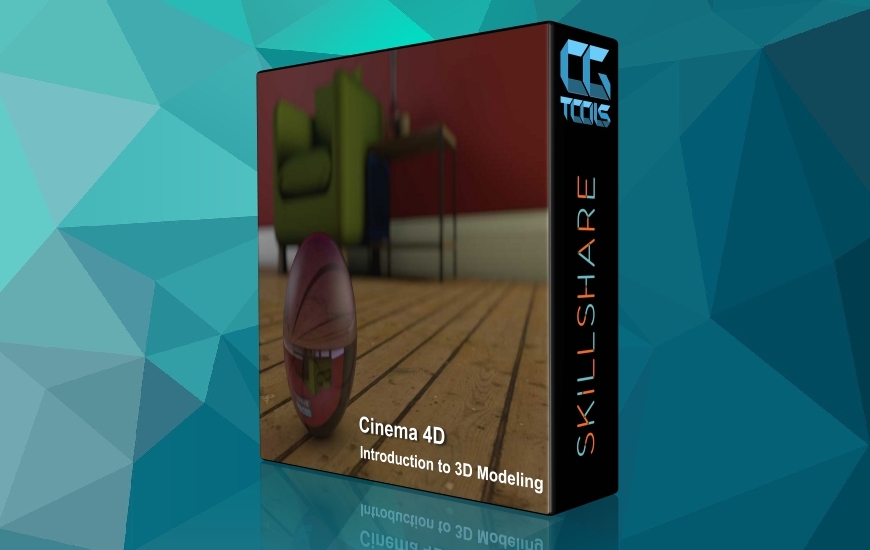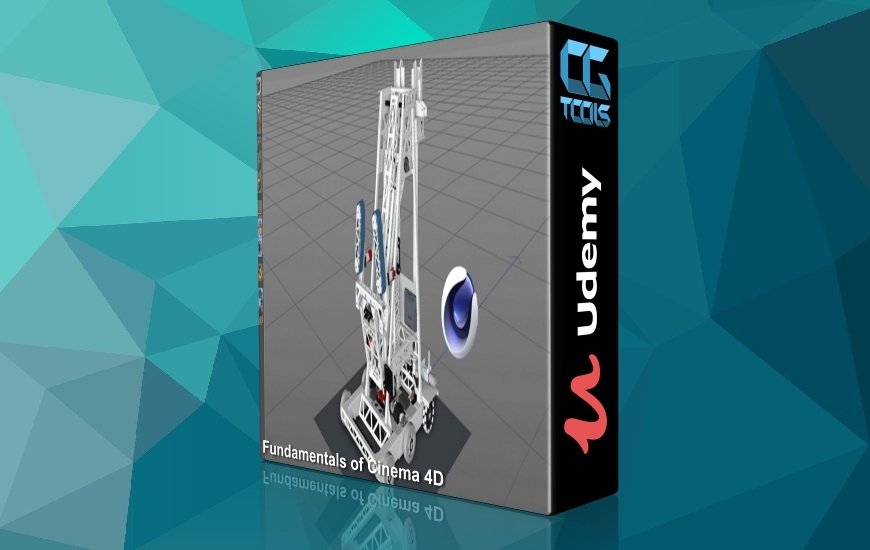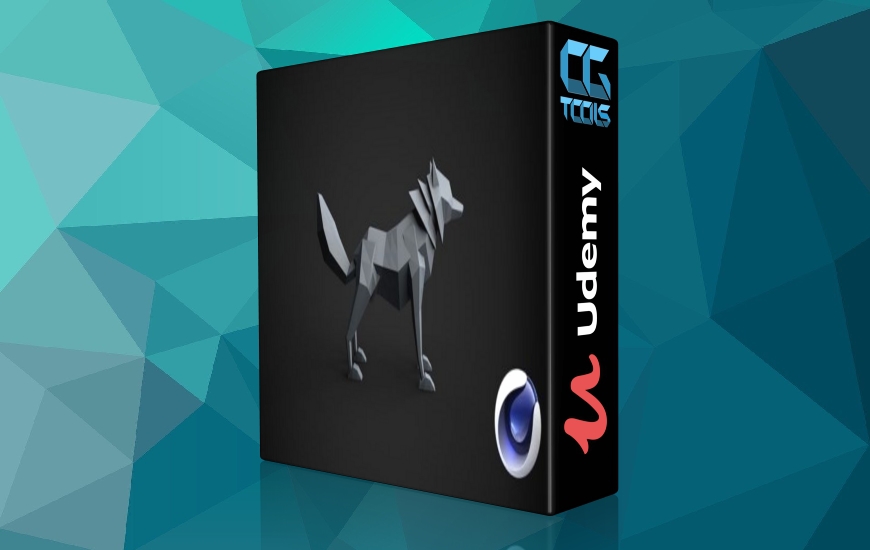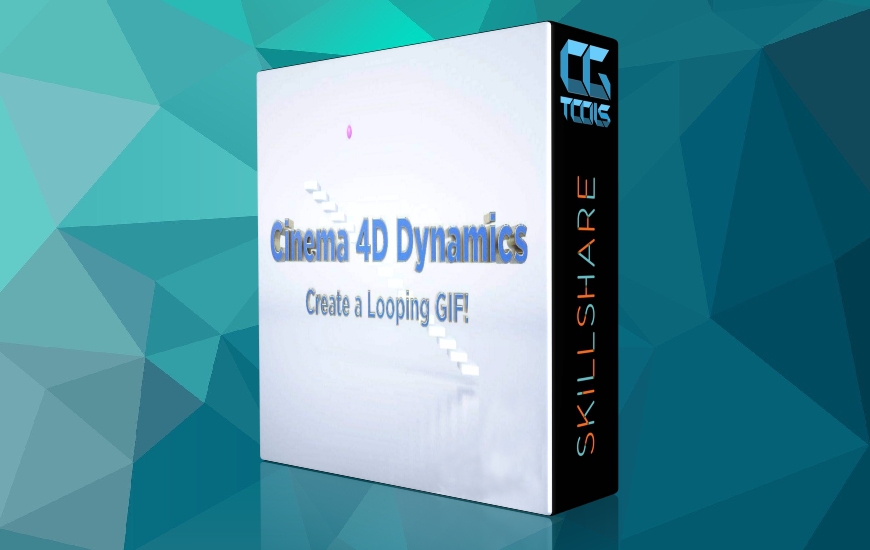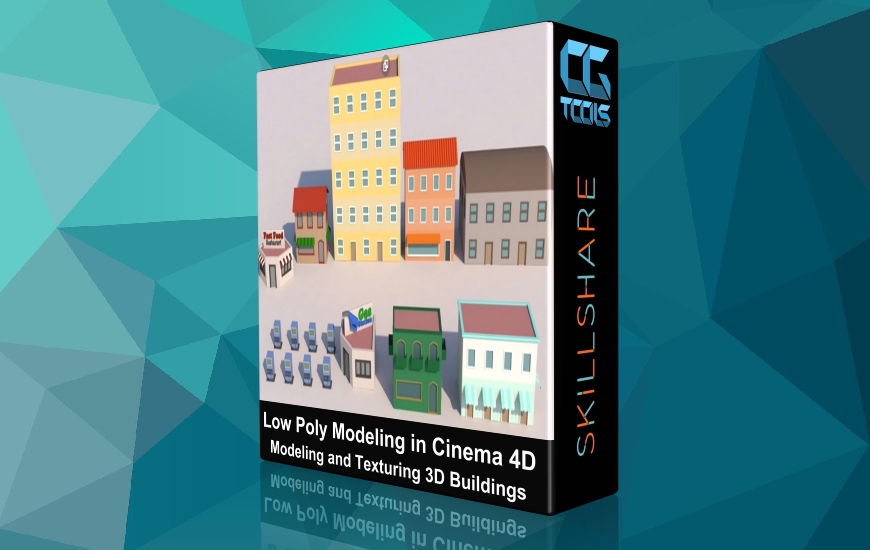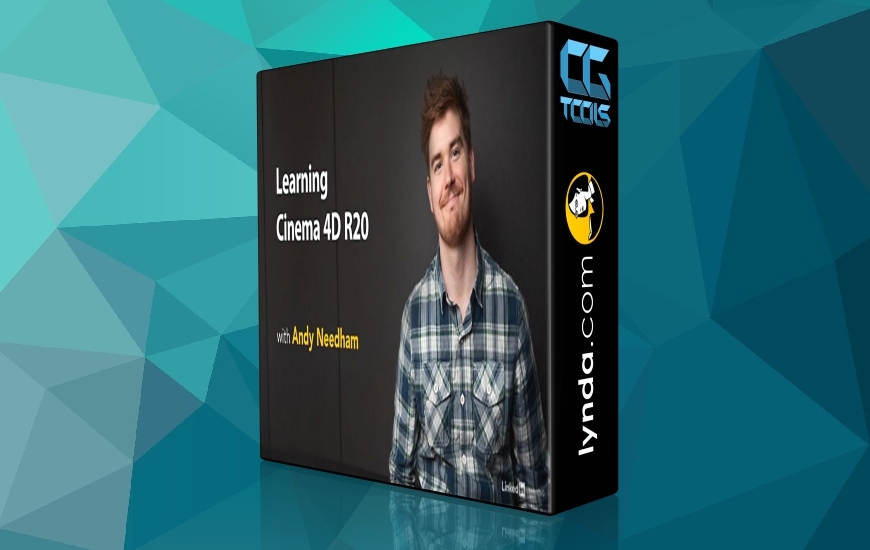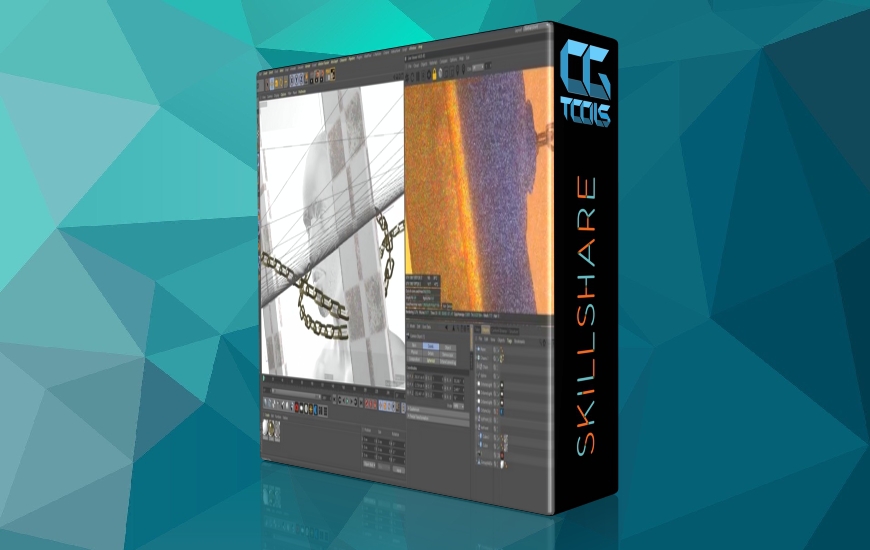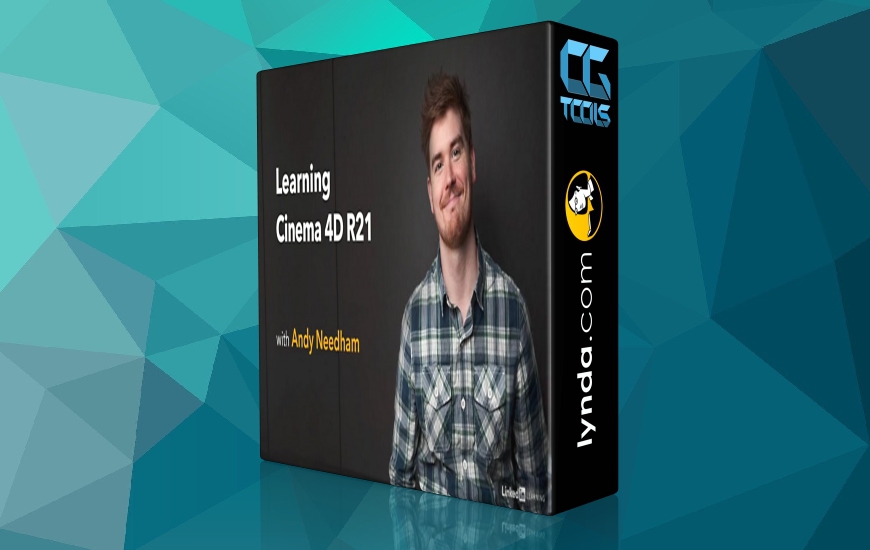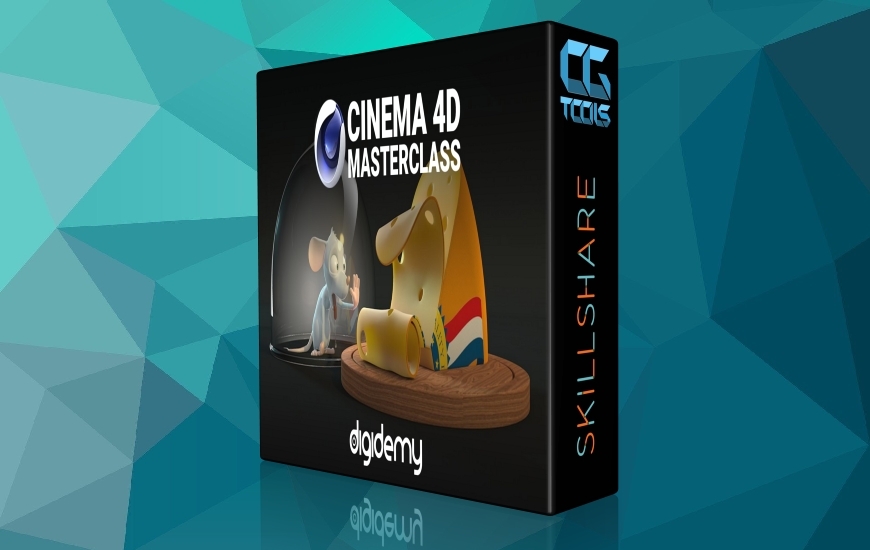This course will provide you the basic knowledge about 3D world fundamentals and you’ll be able to figure out how to deal with various Cinema 4D tasks without searching for a ton of tutorials.
Get started with Cinema 4D. This basic course covers the core aspects of Cinema 4D without going into too many details. This course will provide you with the basic knowledge about 3D world fundamentals and you’ll be able to figure out how to deal with various Cinema 4D tasks without need to search for tons of tutorials.
2D is not 3D
Good old 2D is so simple and so cozy. Adding a new dimension makes it so much harder.
We live in a 3D world and it’s time to join us. Don’t worry, we’ll lead you in!
Cinema 4D as a spaceship
Cinema 4D is huge. There’s no step by step wizard to turn your idea into reality. There are millions tools and even more ways they interact.
But there’s no need to know each tiny cog of a spaceship to pilot it. We’re going to give you a quick driving course.
Variability
Variability
There are so many possible ways to do the same thing in 3D. You’re in doubt. Which way is the best? The shortest? Will produce the expected result? We’re here to guide you through!
No need to do models by yourself when there are lots of ready-made models to use.
Youtube only makes it worse
Have gone through tons of tutorials trying to figure out which way to use and still got no luck? It’s not Youtube to blame.
It’s just a lack of knowledge of the very basics. With this course, you won’t need Youtube anymore.
Don’t know where to start
Modeling, rigging, rendering, and so many other things… Each area requires hundreds of hours to get to know but there’s no need to become an expert in everything.
That’s exactly what we made this course for. You’ll get a helicopter view on all of the areas of the world of 3D
Is this course for me?
This course covers all the required basics of Cinema 4D so will be of best use for beginner 3D artists and motion designers who are willing to jump into the world of 3D
2D is not 3D
Those who finally want to get started with 3D and create some fantastic projects on a completely different level
Beginner 3D artist
Even if you’ve never seen Cinema 4D before, the time to start is now
Middle 3D artists
Intermediate 3D artists
You have some experience in Cinema 4D, but you’ve never used complex Mograph setups, Xpresso etc.
What will I learn in the Cinema 4D course?
Introduction
1. Main principles
We’ll get started with the Cinema 4D interface doing an example project. We’ll create and render a simple composition and get to know primitives, navigation and scene management.
Modeling
1. Poly Modeling Basics
We’ll learn the tools and the main principles of polygonal modeling. You’ll get familiar with subdivision surface. We’ll talk about the pros and cons of different types of topology.
2. Polygonal Modeling Tools
We’ll create our first polygonal model. We’ll get some real experience in using poly pen and other tools that make the modeling process more effective.
3. What is UV
We’ll get to know the concept of parametric coordinates and learn how to make a UV conversion with minimum effort. We’ll put our new knowledge into practice making a UV mapping of our model.
4. Making a packshot
The final stage of our project. We’ll get a cool and stylish packshot. We’ll get started with the process of creating studio surrounding, we’ll set the lighting sources, make an animation and render the sequence.
Mograph Module
1. Module overview
Mograph module overview. Mograph became an integral part of Cinema 4D. We are going to show you its functions and specific features on some simple examples.
2. Deep Mograph
Explore the Mograph module from the inside. Get to know the procedural modeling, make a basic crowd generator and learn other unusual ways to use Mograph.
Dynamics
1. Bullet Overview
An overview of built-in tools for rigid bodies and tissues simulation. Specific features of the bullet solver. Common mistakes users make.
2. Destructions, loops
Put your knowledge about the dynamics into practice: create a simple loop for Instagram.
3. Hair
Get to know the Hair module. Explore its specific features and main functions. Learn how to use it for the object scattering.
Xpresso
1. Practice
We will get a basic introduction to jаvascript language that is enough to start making your own simple scripts. Xpresso won’t scare you away anymore. This node programming language will help us create a custom tool for a growing ivy.
Animation
1. Intro
Overview of the tools that help creating an animation. We’ll create and animate a simple rig.
2. Camera animation features
Working with the camera is one of the most important aspects of the whole movie-making process. And it means a lot in computer graphics too. Explore the principles of creating a camera rig and learn how to use built-in tools like camera morph and motion camera.
3. Constraints
Cinema4D constraints system overview. U-join













